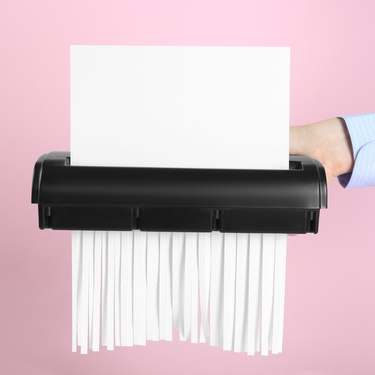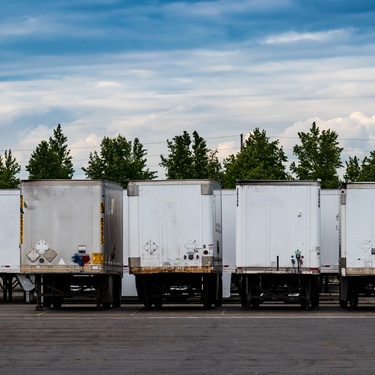
Shredders are a staple in offices and homes for securely disposing of sensitive documents, but they can do much more than rip paper to shreds. Expand your idea of what these powerful tools can handle, and you might find new ways to declutter and organize.
Allow us to introduce you to seven surprising items you didn’t know shredders handle while showing you how to discard everyday materials securely.
1. CDs and DVDs
Before the widespread use of cloud storage, CDs and DVDs were common means to store everything from family photos and personal videos to important business backups. If you no longer use physical discs, shredders made for optical discs can effectively destroy these outdated storage formats. This process ensures that all the stored information becomes permanently inaccessible, helping to protect your privacy and prevent data recovery.
2. Junk Mail
Removing personal details from junk mail, such as pre-approved credit card offers and other unsolicited messages, is an important step in safeguarding your identity and personal information.
Shredding mailers prevents sensitive data like your name, address, and financial info from being retrieved and misused, helping protect against identity theft and fraud. It's an effective way to safeguard your information without manual effort.
3. Credit Cards
If your old, expired credit cards are piling up, it's important to dispose of them securely to protect your personal and financial information. You can safely shred these cards using a cross-cut or micro-cut shredder, which is specifically designed to cut through tough plastic and small enough pieces to prevent reconstruction.
Many modern shredders have a dedicated plastic card slot or setting that makes this process quick and easy. Shredding expired cards prevents theft, reduces clutter, and maintains security.
4. Packaging Materials
Flattened cardboard and non-plastic packaging materials are other surprising items that shredders can handle. Using a shredder to break down these materials enables quick disposal and simplifies recycling by reducing the volume and surface area. However, check your shredder’s specifications first to ensure it can handle thicker materials, such as cardboard, to avoid damage.
5. Thin Plastic
Thin plastics, such as old ID badges, thin laminations, or fragile plastic cards, are manageable for some shredders. Disposing of these materials securely helps prevent unauthorized access or misuse of sensitive information while also reducing plastic clutter in your drawers and workspace, keeping your environment tidy and organized.
6. Fabric Scraps
Do you have leftover fabric scraps from your crafting projects? Heavy-duty shredders are powerful tools that can efficiently break down textile scraps into smaller, manageable pieces. These shredded textiles can be repurposed in many ways, such as creating padding for packaging, stuffing for cushions or toys, or even as insulation material.
7. Old Receipts or Statements
Receipts from years past or outdated financial records that are no longer needed for taxes shouldn’t simply sit unused in your drawers. Instead, take the time to feed them through a shredder. This simple act helps you organize your home office and safeguard your data from potential identity theft by ensuring sensitive information can't fall into the wrong hands.
Shredders have evolved beyond simply disposing of paper. Their advanced features make them valuable tools in both office environments and at home for managing sensitive items and sustainable waste disposal.
Bio: Casey is a passionate copyeditor highly motivated to provide compelling SEO content in the digital marketing space. Her expertise includes a vast range of industries from highly technical, consumer, and lifestyle-based, with an emphasis on attention to detail and readability.




















